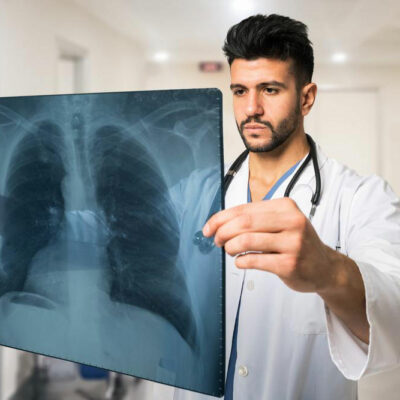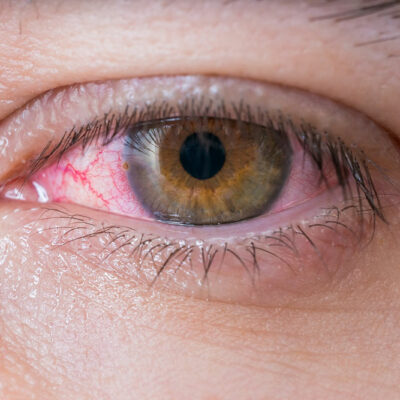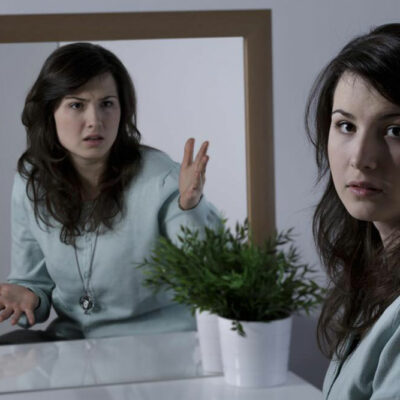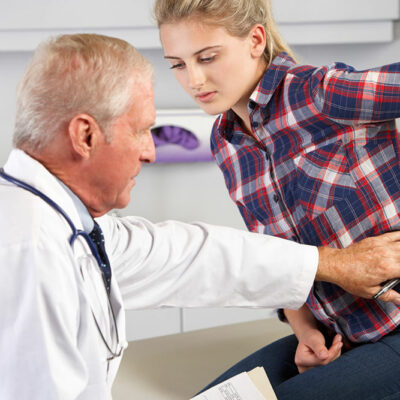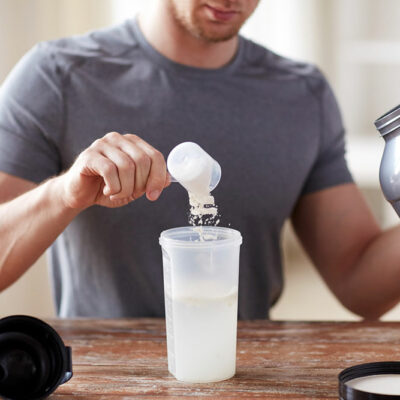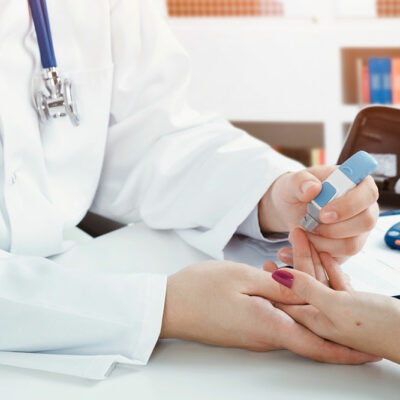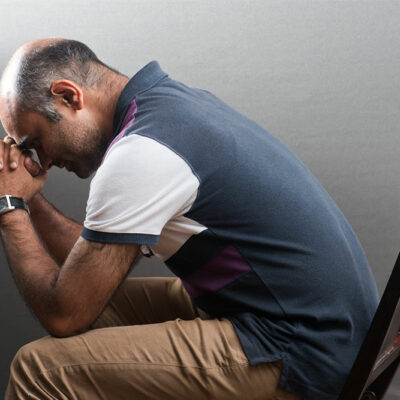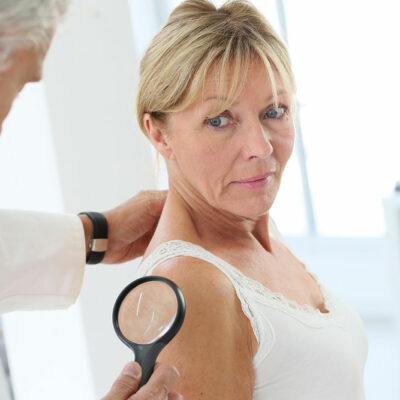
Signs & Symptoms
Gout Pain – Symptoms and Treatment
All of a sudden one experiences extreme pain in the big toe or other joints. The pain is excruciating and occurs at any time of the day. Such symptoms are typical of gout. Gout pain is a complex type of arthritic pain that occurs due to the build-up of uric acid in the bloodstream. The accumulation of uric acid forms sharp crystals in bone joints. The most common location where gout occurs is the big toe. A gout attack can occur to anyone. A gout attack typically lasts for 10 days, out of which extreme pain occurs during the initial three days. Gout attack starts at one joint and spreads to other joints when not treated. Pain relief for gout can be achieved by reducing the inflammation. Prompt treatment of gout foot pain results in the reduction of inflammation and pain and prevents spreading to other joints as well. Symptoms of gout pain Symptoms of gout pain vary with the severity and build-up of uric acid. Extremely painful gout pain is caused when the uric acid accumulates to the extent where crystals are formed at the joints. The common symptoms of gout pain are: Excruciating pain in the joints :


